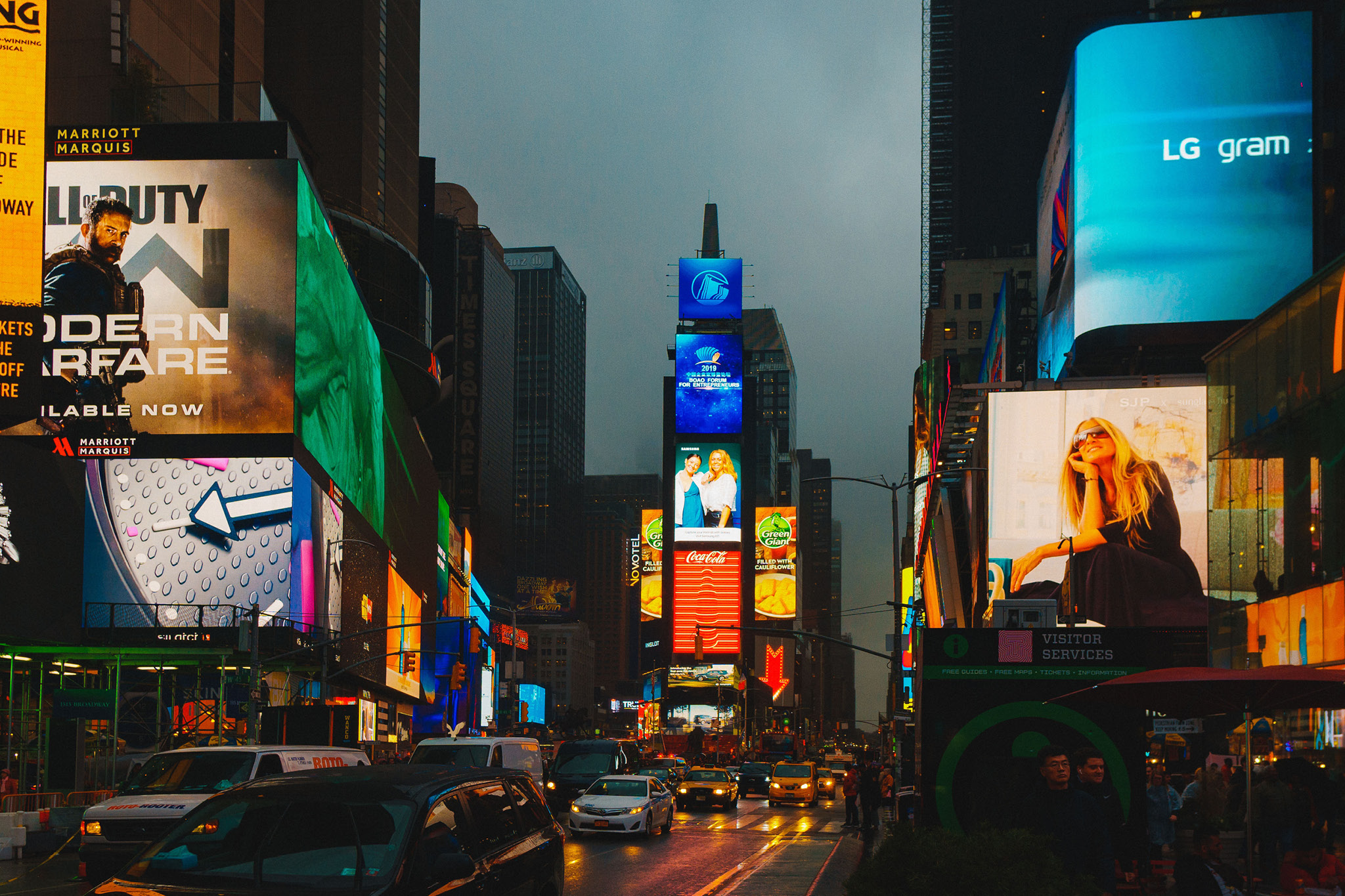Perfecting Color Accuracy in LED Display Calibration for Breathtaking Graphic Displays
Perfecting Color Accuracy in LED Display Calibration for Breathtaking Graphic Displays
Blog Article
Hue precision is crucial for producing stunning graphic displays, particularly when employing LED screens. These massive displays are commonly found in places like concert venues, sports arenas, and advertising billboards. When the hues on an LED screen are not correct, the visuals can look dull or distorted, which can affect the overall impression for audiences. Therefore, perfecting color accuracy in LED wall calibration is vital for attaining lively and realistic images.
The first step in guaranteeing color accuracy is understanding how LED technology works. LEDs, or light-emitting diodes, produce light in multiple colors by combining red, green, and blue (RGB) light. Each pixel on an LED wall consists of these three colors. When tuned properly, the mix of RGB can create a wide range of colors. However, if one hue is too intense or too faint, it can distort the entire screen. This is why tuning is needed to balance the colors and achieve the intended graphic effect.
Calibration involves modifying the configurations of the LED wall to make Look At This sure that the colors displayed correspond the original content as nearby as possible. This process usually includes using specific software and hardware instruments. Technicians often use color assessment devices, such as spectrophotometers, to analyze the hues being displayed. By contrasting the measured colors to benchmark color values, they can make precise modifications. This ensures that the hues are not only vibrant but also uniform across the entire screen.
Another crucial aspect of color precision is understanding the surroundings in which the LED wall is employed. Elements such as ambient light can considerably impact how hues look. For example, a well-lit lit room may fade colors, making them look not as vibrant. To mitigate this, technicians may adjust the luminosity and contrast configurations of the LED screen. Additionally, they may choose specific color settings that are better appropriate for different lighting environments. This adaptability helps maintain color precision regardless of the observing environment.
Ultimately, routine maintenance and re-tuning are essential for keeping an LED screen looking its finest. Over time, the performance of LEDs can change due to elements like aging and temperature fluctuations. Frequent inspections and adjustments can help guarantee that the hues remain correct and vibrant. By investing time in appropriate tuning and maintenance, venues can offer viewers with stunning graphic presentations that enhance their total impression. Mastering color precision in LED screen calibration is not just a mechanical job; it is an expertise that contributes to the magic of graphic storytelling.